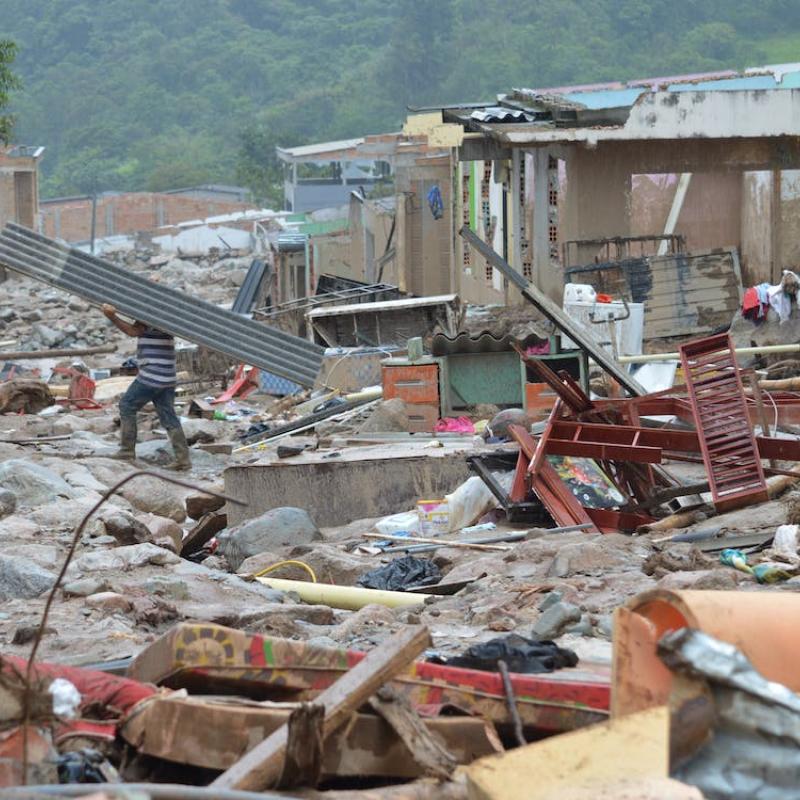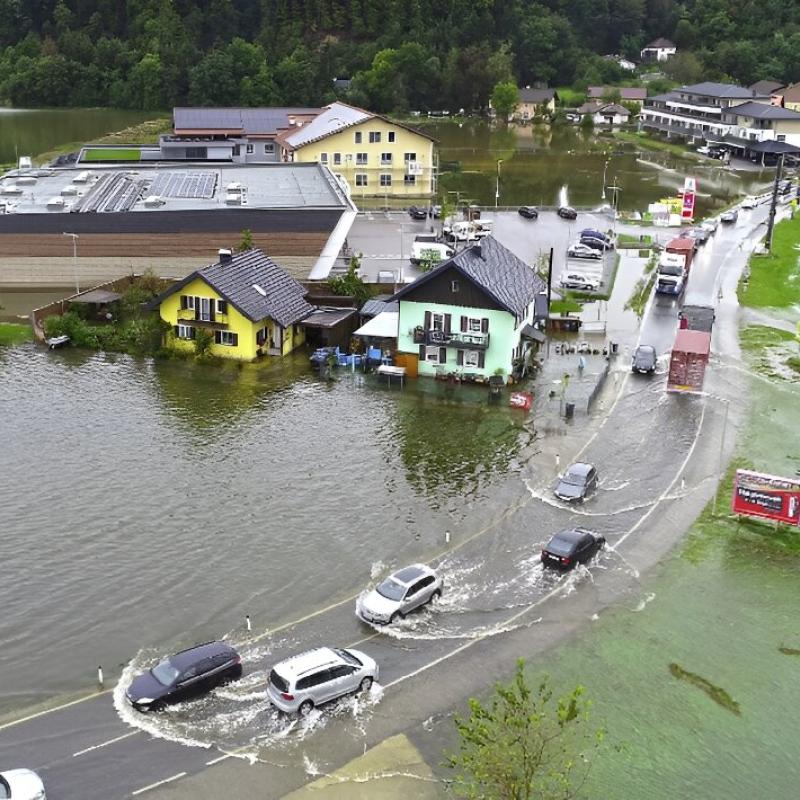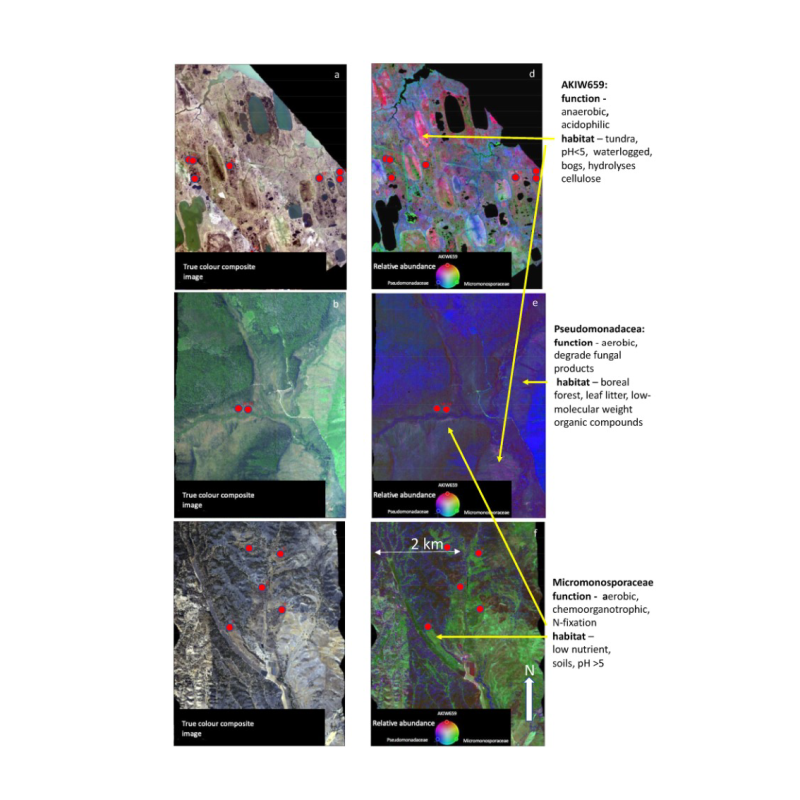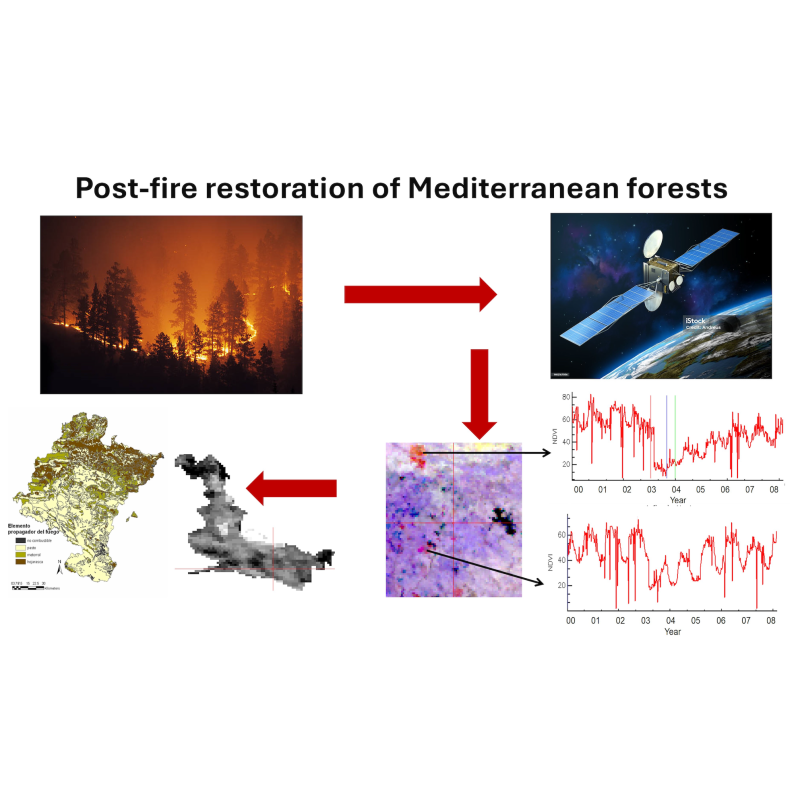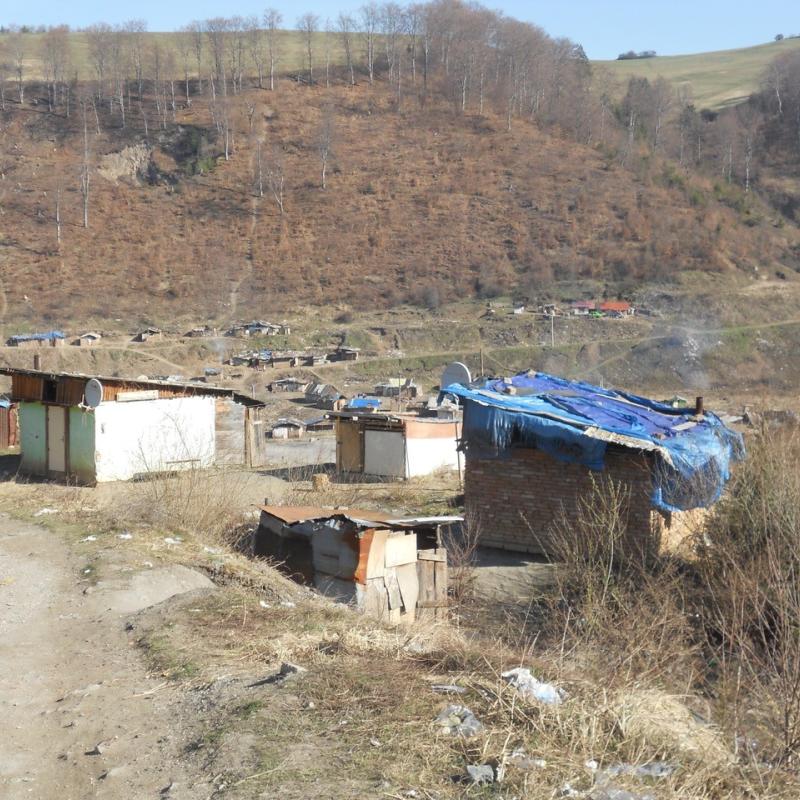Spatial Planning for Governance (SPG)
SPG: How we understand, organize and use our living environment, within a governance setting, where stakeholders —acting as a source of ideas and expertise, as clients, as co-designers or advocates of specific solutions— negotiate their relations while exploring, structuring and defining problems, as well as when designing potential solutions.
Based on research and consultation, a prototype of a project dashboard for healthcare will be developed and tested.
Nepal is highly vulnerable to natural hazards such as earthquakes, landslide and floods.
In September 2024, Storm Boris caused massive flooding across Central Europe, causing severe damage including the collapse of the Carolabrucke i
Microbial communities are some of the most diverse and abundant communities in the world and play an essential ro
Nowdays, wildfire is one of the most important environmental problems in the world, affec
The arid and semi-arid lands (ASALs) of northern Kenya face significant challenges due to climatic va
South-Limburg suffers from plvial floods ad flash floods occasionally. The last floods in 2021 caused immense damage in the river Geul.
Blue spaces hold many benefits for human health; they not only enable adaptation to climate extremes by providing cooling effects, but they are
Vulnerable groups at the margins of societies in Europe, such as Roma people, often live in informal settlements, where they experience water a
This proposed thesis topic explores the potential of Geographic Information Systems (GIS) data to enhance Environmental, Social, and Governance (ESG) reporting, in response to increasing regulatory


